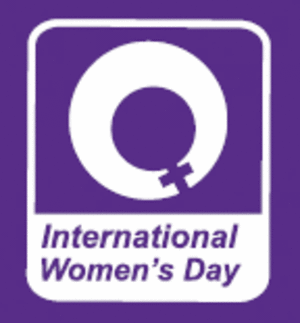
Saint Patrick was the patron saint and national apostle of Ireland who is credited with bringing christianity to Ireland.
St. Patrick's Day is celebrated by the Irish and Irish at Heart in big cities and small towns alike with parades, "wearing of the green," music and songs, Irish food and drink, and activities for kids such as crafts, coloring and games. Its a time for fun.
Saint Patrick's Day has come to be associated with everything Irish: anything green and gold, shamrocks and luck. Why is the Shamrock the National Flower of Ireland ? Green ribbons and shamrocks were worn in celebration of St Patrick's Day as early as the 17th century. He is said to have used the shamrock, a three-leaved plant, to explain the Holy Trinity to the pre-Christian Irish.
So, why is it celebrated on March 17th? One theory is that that is the day that St. Patrick died. Since the holiday began in Ireland, it is believed that as the Irish spread out around the world, they took with them their history and celebrations. The biggest observance of all is, of course, in Ireland. With the exception of restaurants and pubs, almost all businesses close on March 17th. Being a religious holiday as well, many Irish attend mass.
In American cities with a large Irish population, St. Patrick's Day is a very big deal. Big cities and small towns alike celebrate with parades, "wearing of the green," music and songs, Irish food and drink, and activities for kids such as crafts, coloring and games. Some communities even go so far as to dye rivers or streams green!
This year the Dublin Parade will be on Wednesday 17th March, at the City Centre, starting at Parnell Square, at 12 noon.
Will you go?
